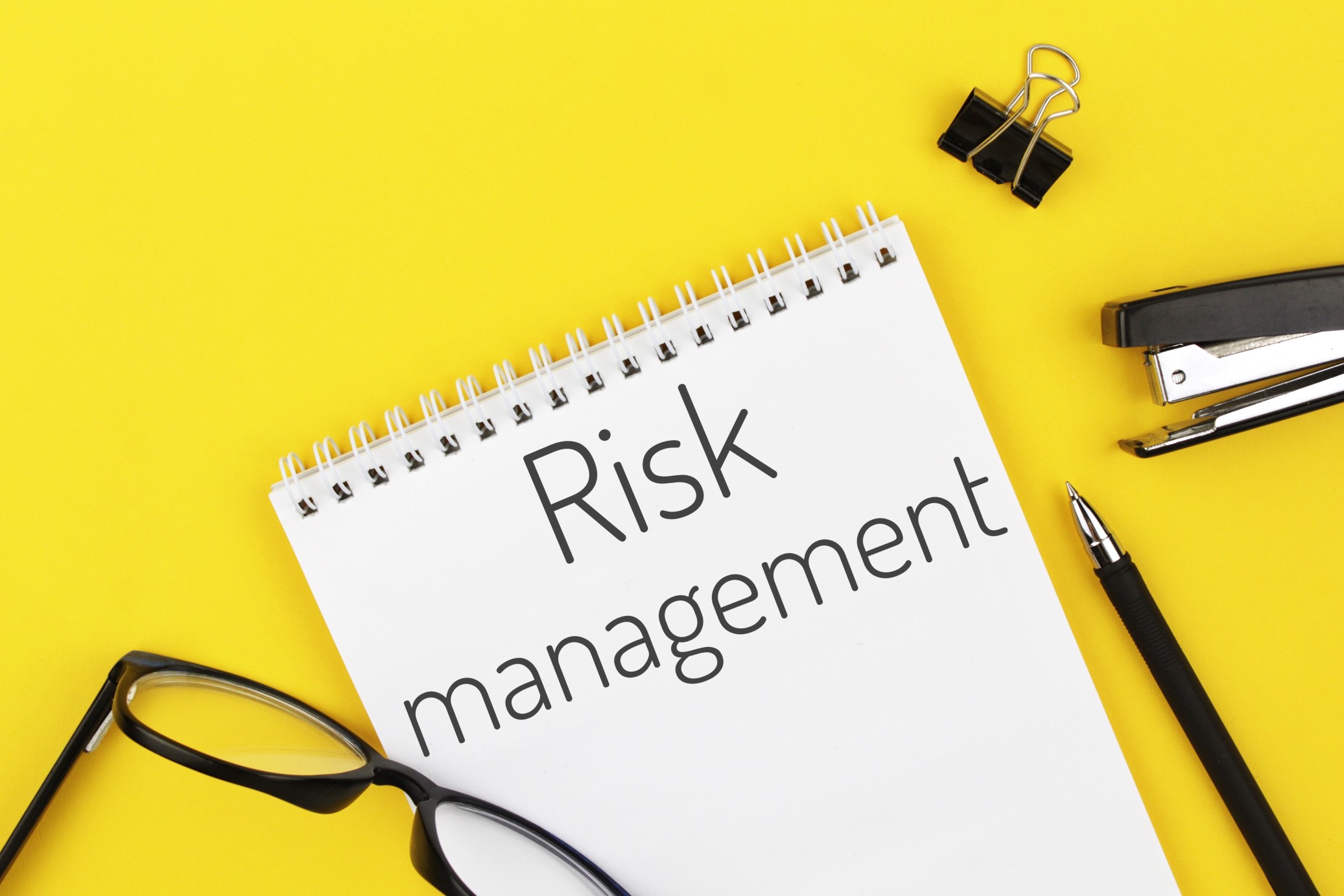Risk Management in Banking: Embracing Technology for Proactive Measures

Risk management is at the heart of every investment bank's operations. With markets constantly fluctuating, regulations tightening, and geopolitical events impacting global finance, managing risk has never been more complex—or more critical. Traditionally, risk management in banking relied heavily on historical data, statistical models, and human intuition. But in today’s fast-paced environment, these methods are no longer sufficient.
Modern risk management is about leveraging technology to predict, prevent, and manage risks in real-time. From AI-powered predictive analytics and Big Data insights to advanced scenario modeling and automated compliance checks, technology is transforming how investment banks navigate risks. This blog delves into the evolving landscape of risk management in investment banking, exploring how cutting-edge technologies are helping banks not just respond to risks, but anticipate them.
The Traditional Approach to Risk:
Risk management has always been about looking at past events—using historical data to build models that predict the likelihood of future risks. While this approach has been valuable, it often leaves banks reacting to risks after they have already emerged, rather than proactively managing them.
A New Solution: AI-Driven Predictive Analytics
Imagine Stellar Investments, an investment bank that has recently implemented an AI-driven predictive analytics platform to enhance its risk management strategy. Previously, Stellar relied on traditional risk models that required manual input, were updated infrequently, and struggled to keep pace with rapidly changing market conditions.
One afternoon, the AI system identifies an unusual pattern: rising volatility in emerging market bonds triggered by sudden political instability in a key region. Unlike traditional models, which might flag this risk after the fact, Stellar’s AI system predicts that the volatility will escalate in the coming days. The system immediately sends an alert to the risk management team, recommending adjustments to the bank’s positions and hedging strategies.
By anticipating the risk before it fully materializes, Stellar is able to minimize exposure, safeguard its assets, and protect client investments. This proactive approach not only reduces financial losses but also enhances the bank’s reputation as a forward-thinking, risk-savvy institution.
Key Takeaway: Predictive analytics enable investment banks to move from reactive to proactive risk management, allowing them to anticipate risks and take preemptive actions that safeguard their operations and clients.
The Challenge of Managing Vast Data Sets:
Investment banks are awash in data, from market feeds and transaction records to client interactions and external economic indicators. The challenge lies not in gathering this data, but in analyzing it quickly and accurately to identify risks. Traditional risk models often fail to incorporate the vast, unstructured data that can provide crucial insights into emerging risks.
Leveraging Big Data for Real-Time Risk Analysis
Take the case of Horizon Capital, an investment bank specializing in high-frequency trading. Horizon’s traders operate in a fast-moving environment where even a slight delay in risk assessment can lead to significant losses. To address this, Horizon implemented a Big Data platform that continuously ingests data from multiple sources—market news, social media sentiment, economic reports, and more.
One day, the platform detects a spike in negative sentiment around a key technology stock, driven by rumors of regulatory scrutiny. The system cross-references this with trading patterns and other market indicators, identifying a potential drop in the stock’s value. Within seconds, the risk management team receives a real-time alert, allowing them to adjust their positions and avoid significant exposure.
By integrating Big Data into its risk management strategy, Horizon Capital can make more informed decisions faster, turning risk analysis into a dynamic, real-time process that keeps pace with the markets.
Key Takeaway: Big Data empowers investment banks to transform raw data into actionable insights, enabling real-time risk analysis that enhances decision-making and mitigates potential losses.
The Limitations of Static Stress Tests:
Stress testing has long been a staple of risk management in banking, helping institutions assess their resilience to adverse market conditions. However, traditional stress tests are often static, based on predefined scenarios that may not capture the full range of potential risks in today’s complex financial landscape.
Advanced Scenario Modeling with AI and Machine Learning
Enter advanced scenario modeling, powered by AI and machine learning. This technology allows banks to simulate thousands of market scenarios, including rare events such as financial crises, geopolitical shocks, and sudden regulatory changes. For Stellar Investments, this capability has been a game-changer.
Using AI-driven scenario modeling, Stellar can stress-test its portfolios against a vast array of potential risks, from sudden interest rate hikes to disruptive technological innovations. The system not only simulates these events but also calculates their potential impact on the bank’s assets, providing detailed recommendations for mitigating the risks.
For example, during a simulation, the system identifies that a sharp downturn in the European bond market would significantly impact the bank’s portfolio. It suggests diversifying into more resilient asset classes, such as U.S. Treasuries or corporate bonds in stable industries. By preparing for the unpredictable, Stellar can adjust its strategies well in advance, maintaining stability even in volatile markets.
Key Takeaway: Advanced scenario modeling enables investment banks to prepare for a wide range of potential risks, enhancing their resilience and ensuring they can weather even the most unpredictable market conditions.
The Burden of Manual Compliance:
Compliance is a critical component of risk management, especially in the heavily regulated world of investment banking. However, traditional compliance processes are often manual, slow, and prone to errors, increasing the risk of regulatory breaches and penalties.
A Solution in Automation: AI-Driven Compliance Systems
Investment banks are turning to AI-driven compliance systems that automate regulatory checks, monitor transactions, and ensure adherence to evolving standards. Nova Securities, for instance, adopted an AI-based compliance platform that continuously monitors all transactions for potential violations, cross-referencing them against global sanctions lists, AML regulations, and internal policies.
One afternoon, the system flags a transaction involving a high-risk jurisdiction and temporarily halts the transfer. The compliance team investigates, identifies a potential issue, and takes corrective action before the transaction is completed. This not only prevents a regulatory breach but also demonstrates the bank’s commitment to upholding the highest compliance standards.
By automating compliance processes, investment banks can reduce operational risks, enhance accuracy, and maintain a proactive approach to regulatory adherence.
Key Takeaway: Automated compliance systems help investment banks stay ahead of regulatory risks, ensuring that they meet their obligations efficiently while minimizing the potential for costly errors.
The landscape of risk management in investment banking is evolving rapidly, driven by the need for faster, more accurate, and proactive approaches. From predictive analytics and Big Data insights to advanced scenario modeling and automated compliance, technology is equipping investment banks with the tools they need to manage risks effectively in a complex, unpredictable world.
For investment banks, embracing these technologies is not just about mitigating risks—it’s about gaining a strategic advantage. By leveraging innovative solutions, banks can safeguard their operations, protect client assets, and build a reputation for resilience and foresight. As the financial landscape continues to shift, the banks that prioritize advanced risk management will be the ones that lead the industry into a secure and prosperous future.

By redesigning packaging, exploring reusable models, investing in smart tracking, and leveraging the VDC model for execution, beverage manufacturers can reduce their environmental footprint while boosting their brand relevance and operational resilience.

Even the most capable in-house IT teams often fall short when it comes to minimizing downtime. While Managed Services solve much of the downtime problem, the VDC model supercharges it with flexibility, scalability, and domain-specific expertise.